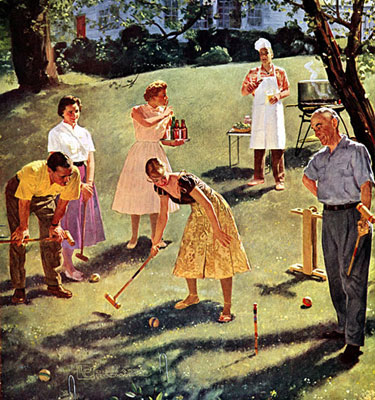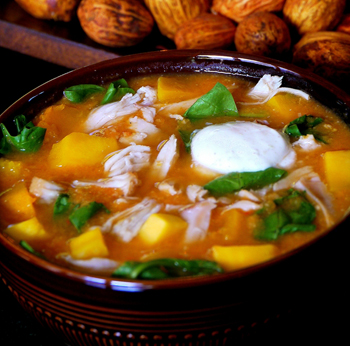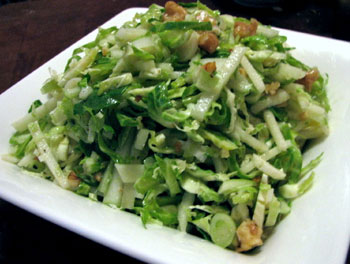 This brussels sprout salad recipe is perfect for lovers and haters of the little cabbage-looking sprout. The flavor is so mild, that it barely has any cabbage flavor. Because the brussels sprouts are shredded, guests might not even know they are the basis for the dish. Sweet apples and toasted nuts add complexity and crunch. It's a nice balance of sweet, salty, crunchy, tangy with just a touch of richness from the walnuts and the oil.
This brussels sprout salad recipe is perfect for lovers and haters of the little cabbage-looking sprout. The flavor is so mild, that it barely has any cabbage flavor. Because the brussels sprouts are shredded, guests might not even know they are the basis for the dish. Sweet apples and toasted nuts add complexity and crunch. It's a nice balance of sweet, salty, crunchy, tangy with just a touch of richness from the walnuts and the oil.
Brussels sprout slaw is yet another recipe that was created out of "whatever was in the house." I will admit, laziness that keeps me from going to the store in turn inspires new recipes on a regular basis. In this case I had one apple and a bag of brussels sprouts. Back from a weekend out of town, I had no desire to go shopping.
My original plan was to roast or saute them, but raw was a refreshing change from the expected. You could probably slice the brussels sprouts very thinly with a knife, but it's much easier to do in a food processor or with a mandolin. You do have a mandolin, right? Cheap Japanese ones are fine, just watch your fingers!

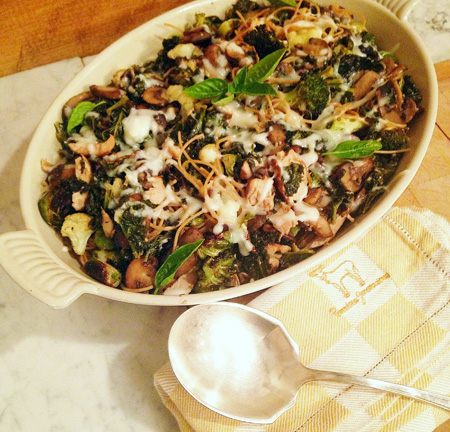 I’m not a big hunter. My brother-in-law, cousins, uncle and friends make up for my lack of time spent in a deer stand or duck blind… But, I do love camo – it is surprisingly chic mixed with denim and I’ve seen it sported fashionably (albeit unknowingly) by many a gentleman in The South… and even a lady or two.
I’m not a big hunter. My brother-in-law, cousins, uncle and friends make up for my lack of time spent in a deer stand or duck blind… But, I do love camo – it is surprisingly chic mixed with denim and I’ve seen it sported fashionably (albeit unknowingly) by many a gentleman in The South… and even a lady or two.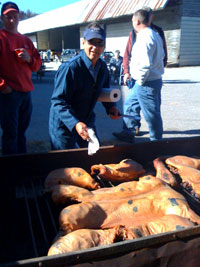 One of the ways fall is celebrated in Maine is with an annual pig roast that has been going on for the last 25 years thrown by four generations of the Hammond family. Once you're invited you always have an invitation. The patriarch Skip is in his mid-eighties and his wife is much younger by two years. They were married in the next town but got their blood test by a local doctor in Belgrade, who when he took blood from Skip’s wife couldn’t get it to fill the vial so he said to Skip give me some of your blood to fill the vial. The doctor then pronounced them husband and wife. They have been married for 60 years so far.
One of the ways fall is celebrated in Maine is with an annual pig roast that has been going on for the last 25 years thrown by four generations of the Hammond family. Once you're invited you always have an invitation. The patriarch Skip is in his mid-eighties and his wife is much younger by two years. They were married in the next town but got their blood test by a local doctor in Belgrade, who when he took blood from Skip’s wife couldn’t get it to fill the vial so he said to Skip give me some of your blood to fill the vial. The doctor then pronounced them husband and wife. They have been married for 60 years so far.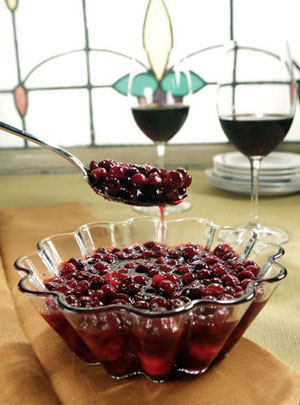 My mom has a recipe on Epicurious. At first I found that amusing. Epicurious, after all, is the holy grail of recipe websites, the collected works of some of the best food writers in the country. And, to put it most kindly, my mom was not a gifted cook. At least not by the definition we most usually apply today.
My mom has a recipe on Epicurious. At first I found that amusing. Epicurious, after all, is the holy grail of recipe websites, the collected works of some of the best food writers in the country. And, to put it most kindly, my mom was not a gifted cook. At least not by the definition we most usually apply today.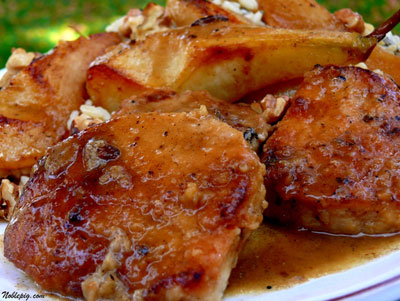 Pork, pears and cider are a very natural combination, one I love. This recipe uses "hard" cider (with alcohol) because of its crispness and acidity. Never had hard cider? Look for it wherever beer is sold, it might be your new favorite adult beverage.
Pork, pears and cider are a very natural combination, one I love. This recipe uses "hard" cider (with alcohol) because of its crispness and acidity. Never had hard cider? Look for it wherever beer is sold, it might be your new favorite adult beverage. 